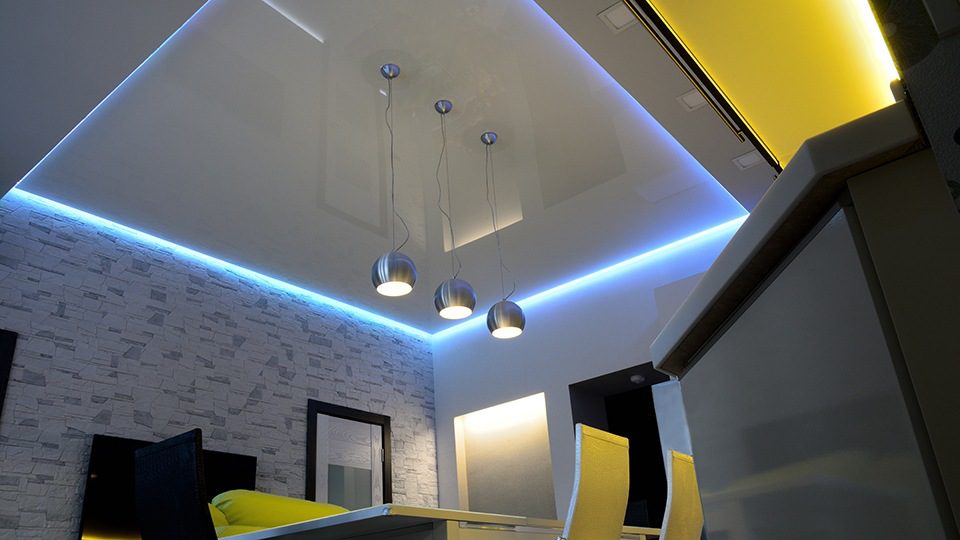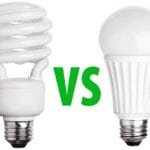We are in the most revolutionary time for lighting since the age of Edison. Advances in technology, which is an often-overlooked topic compared to self-driving cars, are moving so quickly (at light speed?) that it can be challenging to keep up. LED lighting (Light Emitting Diode) has not only become the primary way to illuminate, but it’s also grown and become “human-centric.”
Human-centric LED creates an effective and efficient light for people and the space they are occupying. This is done in a variety of ways. For example, it auto-adjusts according to circadian rhythms to remove blue light in the evening hours, which is known to disrupt sleep cycles but helps people feel more alert during the day.
Occupying lighting is another way LED has become human-centric. You’ve probably experienced walking into a bathroom at a Starbucks or a department store and had the light automatically switch on. Lights dim or brighten, turn on or off, depending on the occupation of a space.
LiFi was invented by 2014 Nobel Prize winner and physicist Shuji Nakamura. It’s an upgraded version of Wi-Fi internet connectivity using light rather than radio waves with an ability to transfer data at speeds up to one hundred times faster! Having LiFi integrated into LED lighting creates an alternate path for internet connectivity. Signify, which was Phillips Lighting, owns this development.
Other big companies have jumped into the mix with new lighting innovations as well. GE released C by GE Sol, a table lamp powered by smart speaker Amazon’s Alexa. You don’t have to actually “clap on, clap off.” Just say it.
Acuity Brands is creating an energy-efficient sensory network (using human-centric occupying lighting, among other fascinating advances) which they hope to integrate into an entire smart city.
Lighting will always remain crucial. Not everyone needs the latest phone or a self-driving car. But light is necessary in today’s world.






